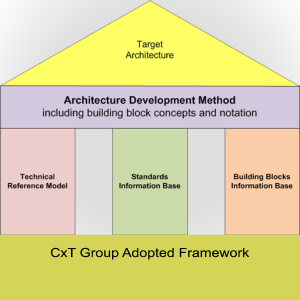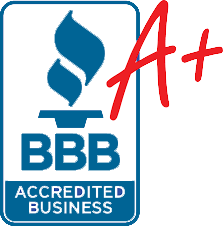
I cannot thank you enough for all your help. Where I was used to doing 60 invoices in a day I can now do 150+. This gives me more time to apply my attention to my collection calls and other needs that have been put on hold for some time now. Again I can not thank you enough for all your help and how quick you were at getting things going. Thank you!” -Kimberly Brownell, ACE Forwarding

Software Architecture framework provides guidance by partitioning the design of a system into abstract classes and then defining their responsibilities and collaborations. While focusing on a particular task, the architect customizes the framework to a particular application via sub-classes and instances. When the focus is on IT Architecture, a framework provides guidance for structuring IT assets while considering all relevant organizational aspects, principles, viewpoints, role players, standards, and model notations.
A useful framework provides flexibility, guidance, and a logical method to safeguard the architecture activities so that the results are applicable and useful to the enterprise. CxT Group utilizes The Open Group Architecture Framework (TOGAF) as the framework to develop technical architectures for our client applications. TOGAF provides a set of methods and tools for developing a broad range of different IT architectures. It enables CxT Group to design, evaluate, and build the right architecture for our clients and to reduce the cost of planning, designing, and implementing architectures.
TOGAF Foundation Architecture
Foundation architecture provides a generic environment, which is a technical reference model (TRM), service taxonomy, and list of compliant products and technologies stored in the Standards Information Base.
Components of TOGAF Foundation Architecture include: